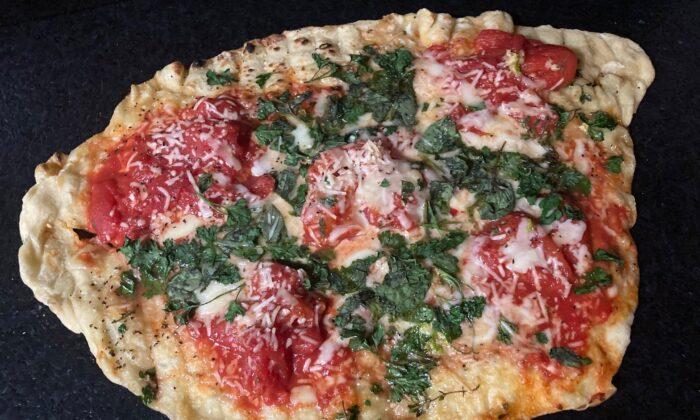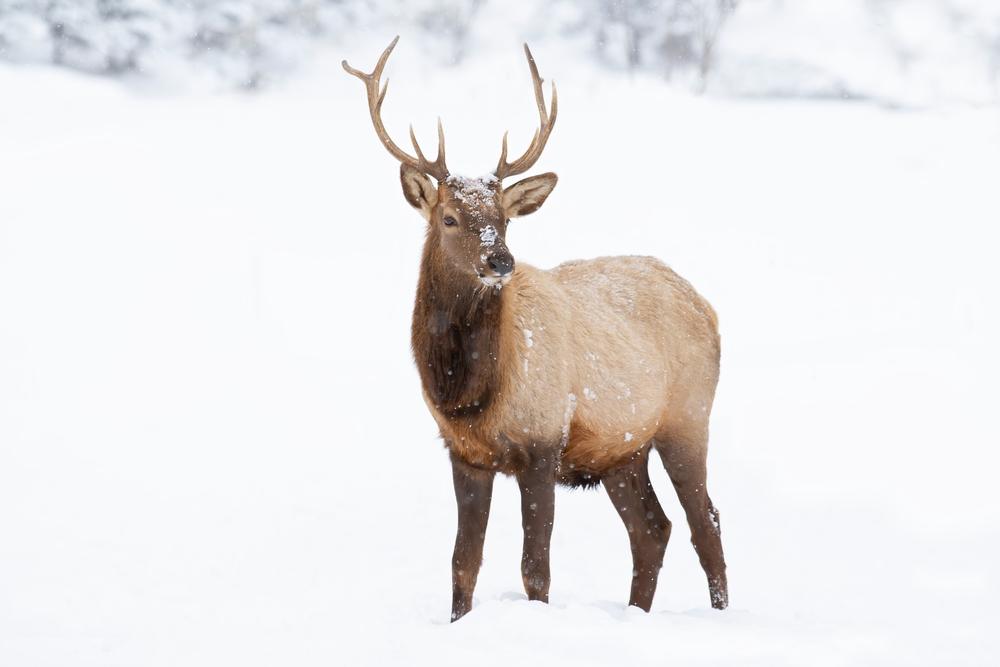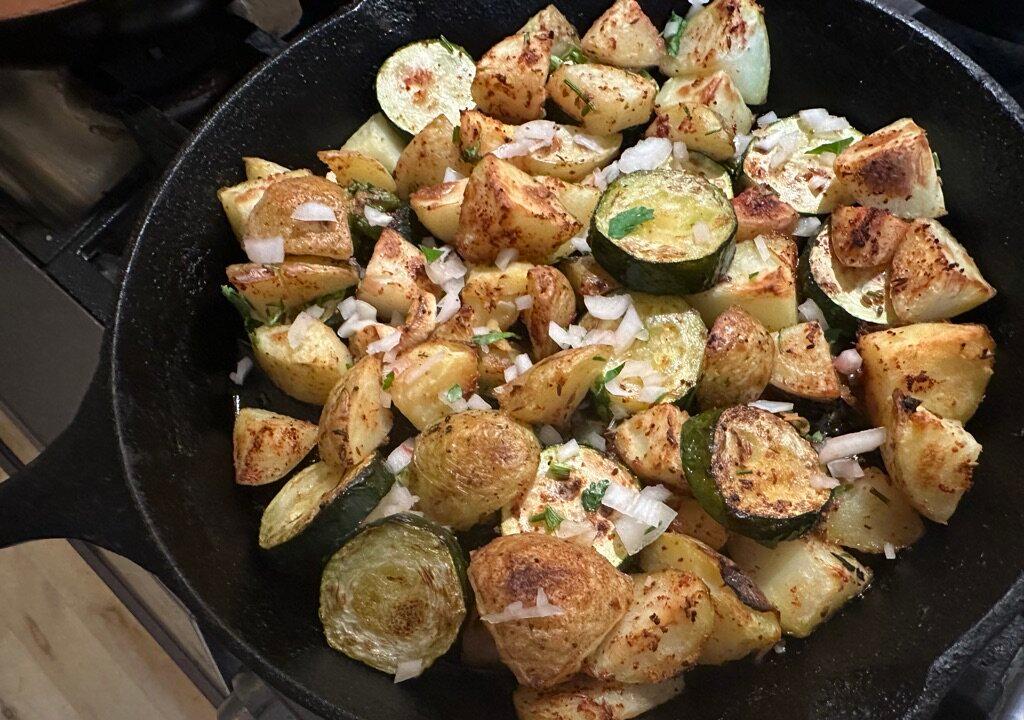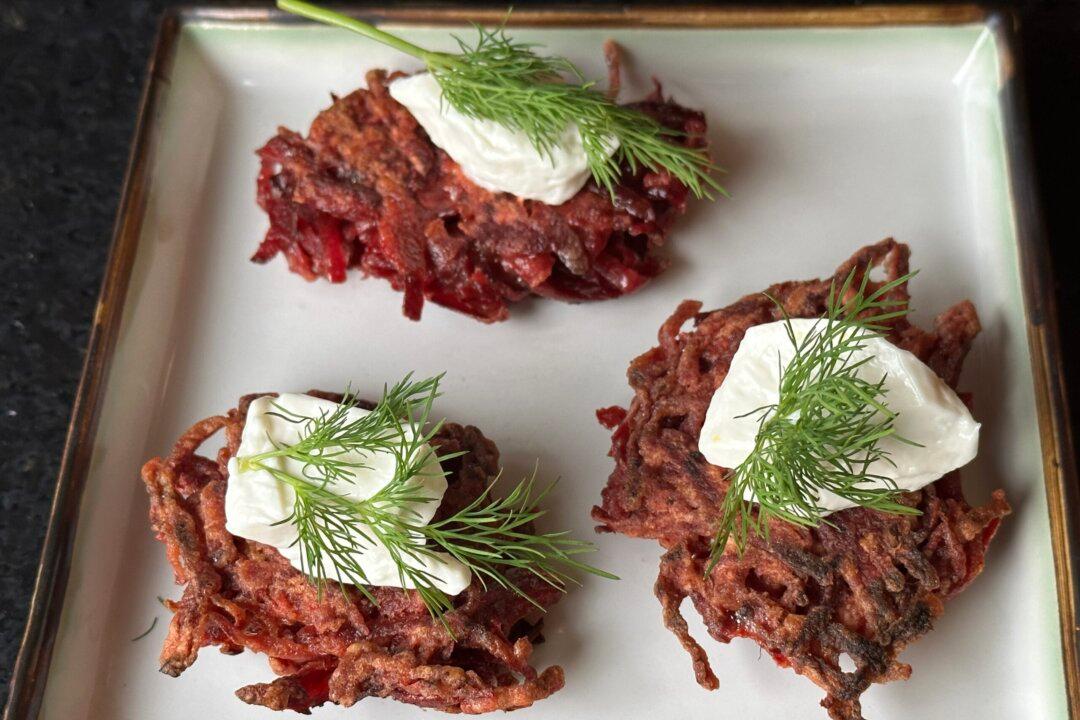Grilled pizza doesn’t immediately sound like the highest use of a grill or a pizza. You’d think the bottom of the crust would burn into a blackened crisp while blocking the coals from melting the cheese on top. Luckily, nobody told Johanne Killeen and George Germon.
The two art students from Providence, Rhode Island, met while working for Dewey Dufresne, a young chef with a big future of his own. In 1980, they opened Al Forno, which means “from the oven,” an unlikely name for the birthplace of the world’s first non-baked pizza. But the restaurant space came with a grill, and they wanted to use it. Their signature margherita pie became that grill’s reason why.
In those days, dishes like “pesto” were exotic, and the married chef-owners had to contract with a local farm in order to get enough basil. They credit Dufresne for their focus on quality ingredients cooked simply. As for the pizza, it succeeded despite the obvious reasons why it shouldn’t have. Or perhaps these hurdles are what sculpted it into the work of art it is.
While Germon and Killeen were inventing local grilled pizza in Providence, I was eating oven-baked pies from Armando’s Pizza in Cambridge, a mere 50 miles away, quite certain that pizza couldn’t possibly get any better than that. My friend Michele, who grew up near Providence, knew better. Although she never dined there, Al Forno cast a long shadow.
“Eating there was something that rich people did,” she recalls. “It’s where my aunt’s boyfriend took her on fancy dates.”
Michele recently introduced me to this legendary pizza, which she has been making all spring and debuted to her friends on Memorial Day. The core trick is to flip the pizza after grilling one side, and put the toppings on the cooked side, with its hot new grill marks. This flipping is how the puzzles presented by grilled pizza are solved.
The cheese melts. The extra-oily, extra-thin crust cooks quickly, all the way through, with no gooey inside to worry about. It comes out puffy, crunchy, crispy, chewy, and cracker-like, with a charred but hopefully not burnt bottom and smoky flavor. And it won’t stick to the grill.
Once you get the hang of grilling a pizza, the precooked crust becomes a blank slate for whatever seasonal and creative toppings you can imagine. At Al Forno you could, and still can get, toppings like nettle pesto, fried calamari, and peaches and prosciutto, to name just a pinch of them, constrained only by the chef’s whimsy. The home grill master can do the same with the ever-unfolding bounty of summer. But none of Al Forno’s specials ever supplanted the simple margherita, topped with a juicy tomato sauce with herbs and the occasional pungent intrusion of half-cooked garlic, all held together by cheese.
Grilled Margherita a la Al Forno
The Al Forno margherita pizza is a great, simple place to embark upon the path of grilled pizza, and Germon and Killeen weren’t shy about discussing the pie that put them on the map. I have read every one of their interviews on their margherita pizza that I could find. It changed over the years, so what I have here is something in the middle, with my own adaptations for the Weber grill that I use at home.Killeen and Germon use maple charcoal, but I think any pure hardwood charcoal is fine.
- 4 pounds hardwood charcoal
- 1 ball (14 to 16 ounces) pizza dough
- 1/4 cup extra-virgin olive oil
- 1 clove garlic, pressed, grated, crushed, or minced
- 1 14-ounce can whole tomatoes
- 1/2 cup chopped basil
- 1/2 cup chopped parsley
- 1 tablespoon chopped fresh thyme
- 3 ounces grated fontina cheese
- 1 ounce grated Romano cheese
- 1/2 teaspoon salt
- 1/4 teaspoon black pepper
- 1 teaspoon crushed red pepper flakes
Light the coals, and when they are about halfway ready, spread them evenly about 5 inches below one side of the cooking grate.
While the coals catch, remove the dough from the bowl and place it on the back of a cookie sheet. Press it into an oblong shape about the size of the pan, and less than 1/4-inch thick. It’s OK if some parts are thick and others thin. That’s part of the art. If you stretch the crust so thin that a hole opens up, you don’t try to patch it. This is an artisan pizza. Just don’t add any toppings to that negative space and you’ll be fine.
Add the minced garlic to the bowl with the remaining oil. In another bowl, hand-crush the tomatoes and mix in the basil, thyme, and parsley.
When the coals are a bit past their prime and not burning quite so aggressively, lift the crust by two points on the same edge and toss it onto the hot side, like you’d whip a fresh sheet onto a bed. After about a minute on the grill, it should start to puff up. Carefully tug up on an edge and peek at the underside. After another 30 or so seconds, before it blackens, grab the edge and flip the crust onto the cool side of the rack. (It’s impossible to give exact cooking times because they depend on the heat of your coals and their distance from the grill.)
While it’s still piping hot, immediately brush or rub the newly-browned side of the crust with the garlic oil. Sprinkle on the fontina and then the Romano, and spoon on the herbed crushed tomatoes in dispersed little piles. Sprinkle the salt, pepper, and pepper flakes over the pizza.
With tongs or carefully with your fingers, slide the pizza onto the hot side, over the coals. Cook it as long as you can, ideally about four minutes, without smelling any burning crust. If it starts to blacken, pull it to the non-hot side of the grill and put the lid on until the cheese melts. Cut into artsy pieces with cooking scissors, and serve.





